Reliable Insulation Services to Improve Indoor Climate
Insulation installation services encompass a variety of methods to improve energy efficiency and comfort within buildings. These include spray foam insulation, which provides a seamless, air-tight barrier; blown-in insulation, suitable for attics and wall cavities; batt and rolled insulation, offering a cost-effective solution for walls and floors; and reflective insulation, which reduces heat transfer through radiation. Each type of insulation serves specific purposes and can be tailored to meet the needs of different spaces. Proper installation ensures optimal performance, energy savings, and indoor comfort. Skilled installers assess the structure and recommend the most suitable insulation options for each project. The process involves careful preparation, precise application, and thorough inspection to ensure quality results. These services are essential for maintaining consistent indoor temperatures and reducing energy costs.

Spray foam creates an airtight seal, improving energy efficiency and reducing air leaks.
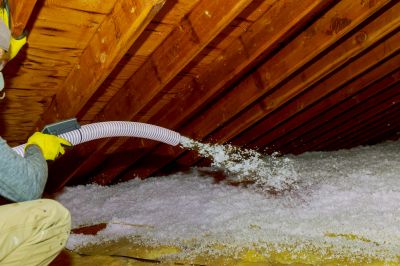
Ideal for attics and wall cavities, providing comprehensive coverage and thermal protection.

Reduces heat transfer through radiation, enhancing cooling in warmer climates.
| Benefit | Description |
|---|---|
| Energy Efficiency | Reduces heating and cooling costs by maintaining consistent indoor temperatures. |
| Comfort | Improves indoor comfort by minimizing drafts and temperature fluctuations. |
| Noise Reduction | Dampens sound transmission between rooms and from outside. |
| Air Quality | Helps prevent air leaks and drafts, contributing to better indoor air quality. |
| Property Value | Enhances the value of the property through improved insulation quality. |

Commonly used in walls and floors for thermal and acoustic insulation.
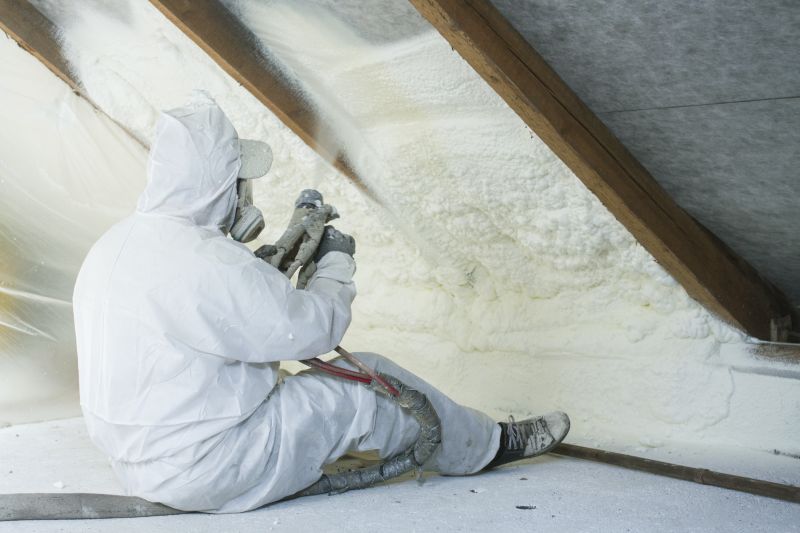
Provides an airtight seal and high R-value for energy savings.
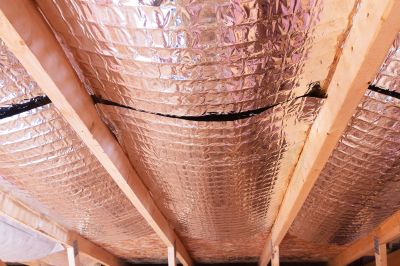
Designed to reflect radiant heat, ideal for attics and roofs.
The process of insulation installation begins with a thorough assessment of the space to determine the most appropriate insulation type and coverage. Preparation involves cleaning and sealing any gaps or leaks to maximize effectiveness. For spray foam, the material is sprayed directly onto surfaces, expanding to fill cavities and create an airtight barrier. Blown-in insulation is installed using specialized equipment to evenly distribute material into attics or wall cavities. Batt and rolled insulation is cut to fit between studs or joists, then secured in place. Reflective insulation panels are installed with proper spacing to optimize heat reflection. Throughout the process, installers ensure that insulation is properly fitted, without gaps or compression, to achieve the desired thermal performance. Final inspections verify coverage and quality, ensuring the insulation meets the specified standards.

Application involves spraying foam into cavities for seamless insulation.
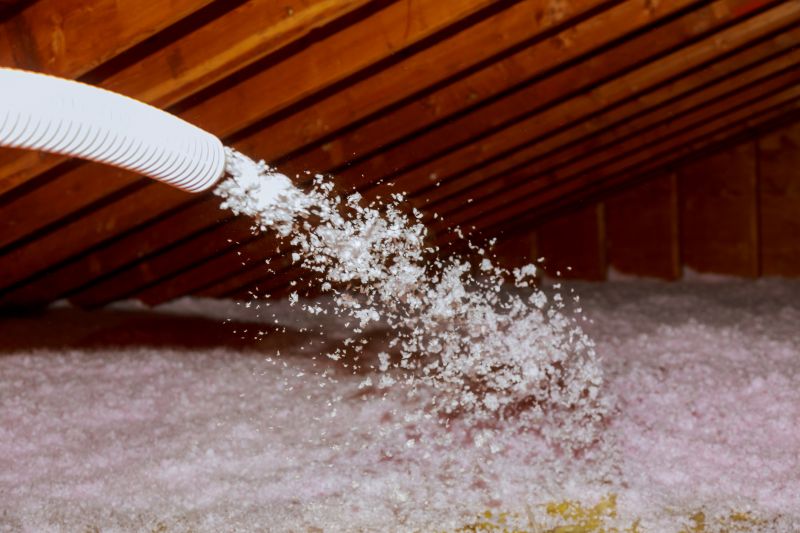
Material is blown into attics and wall cavities for thorough coverage.
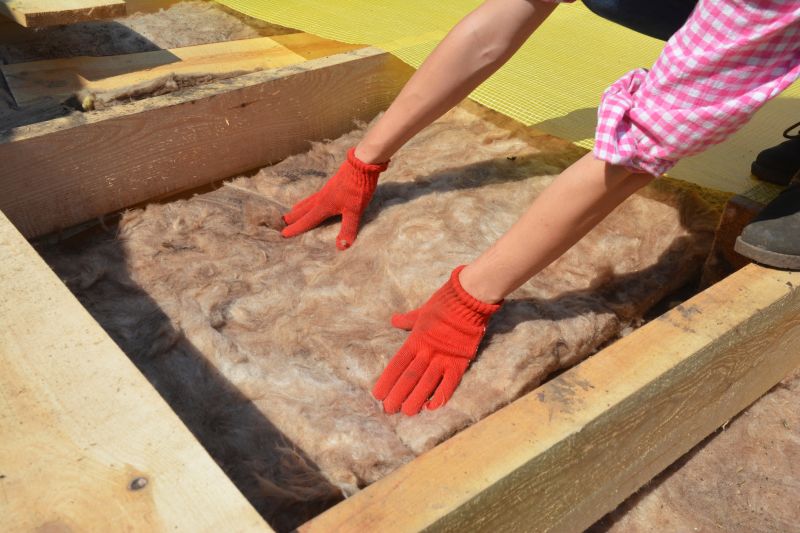
Batt insulation is fitted between studs or joists for thermal protection.
Hiring a professional for insulation installation ensures proper technique and optimal results. Professionals have the experience to evaluate the specific needs of each space and select the most suitable insulation types. They utilize specialized equipment and adhere to best practices to ensure even coverage and proper sealing. Proper installation minimizes the risk of gaps or compression, which can diminish insulation performance. Experienced installers can identify potential issues early, such as moisture concerns or structural considerations. This expertise helps maximize energy savings, indoor comfort, and the longevity of the insulation. Additionally, professional installation often results in a neater, more efficient process, reducing the risk of damage or rework. Entrusting insulation projects to qualified professionals ensures the desired outcomes are achieved reliably and efficiently.
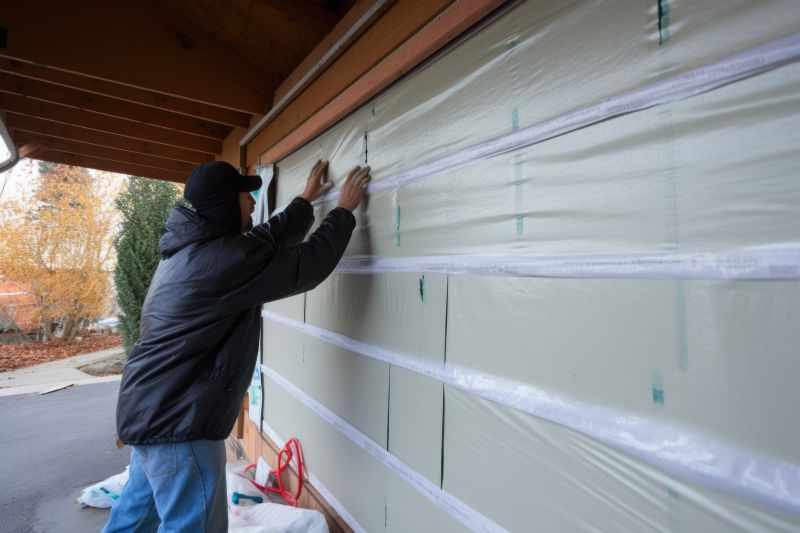
Expert installers ensure proper application and coverage.

Professionals verify insulation meets standards for performance.
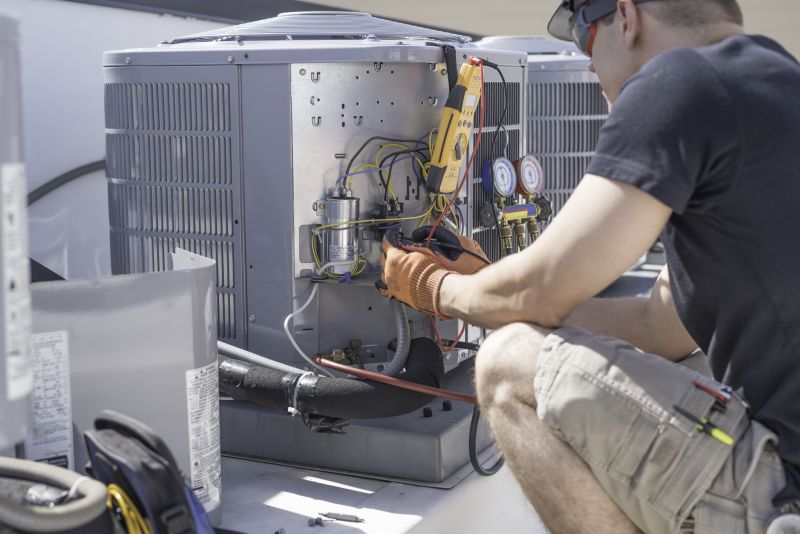
Specialized tools ensure efficient and effective installation.
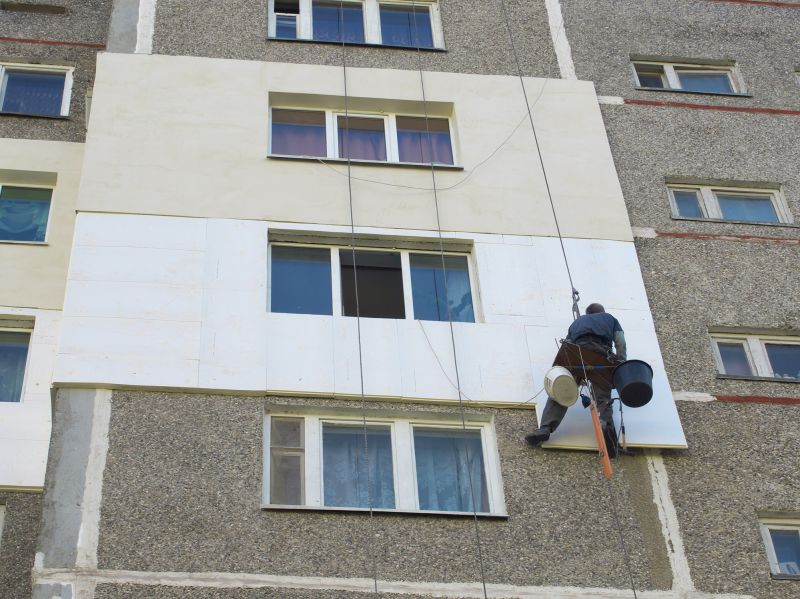
Professionals verify coverage and quality after installation.
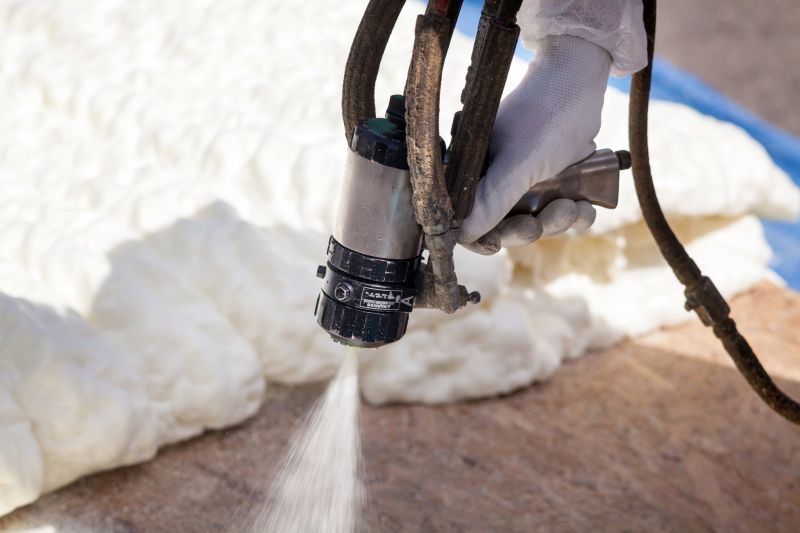
Use of advanced tools ensures precise application.
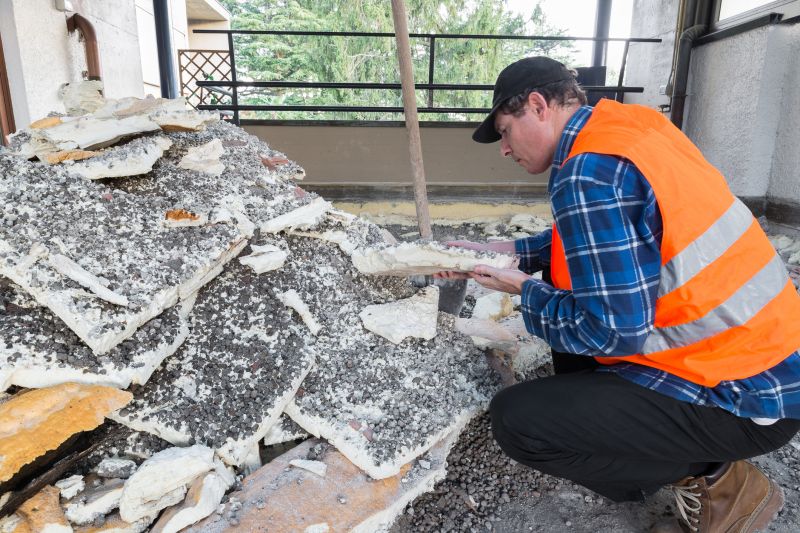
Proper handling of insulation materials reduces risks.
Proper insulation installation plays a crucial role in maintaining indoor comfort and energy efficiency. Professional installers bring expertise in assessing the specific needs of each space and selecting the best insulation type accordingly. Their experience ensures that insulation is applied evenly, without gaps or compression, which maximizes thermal performance. Additionally, professionals can identify and address potential issues such as moisture problems or structural concerns before they affect the insulation's effectiveness. The use of specialized equipment and techniques results in a cleaner, more efficient process, reducing the likelihood of rework or damage. Investing in professional installation can lead to better long-term results, including lower energy bills and increased property value. The expertise of qualified installers ensures that insulation performs as intended, providing reliable comfort and efficiency.
